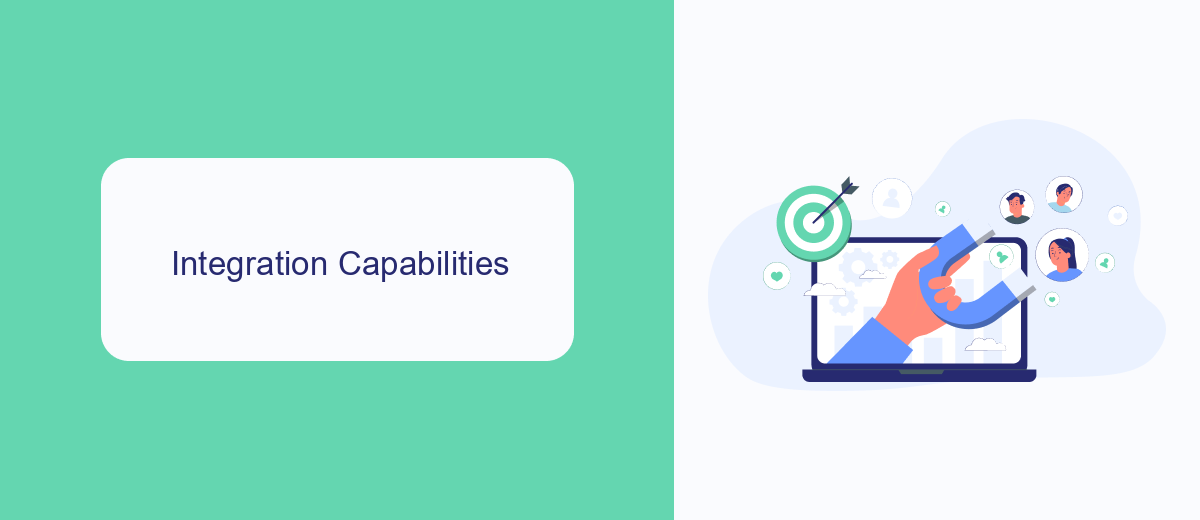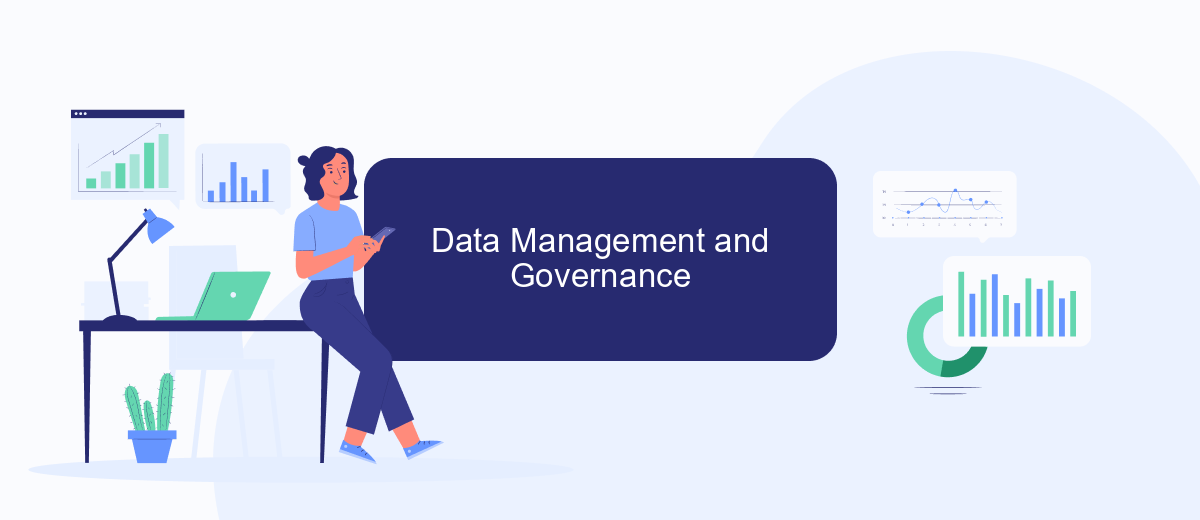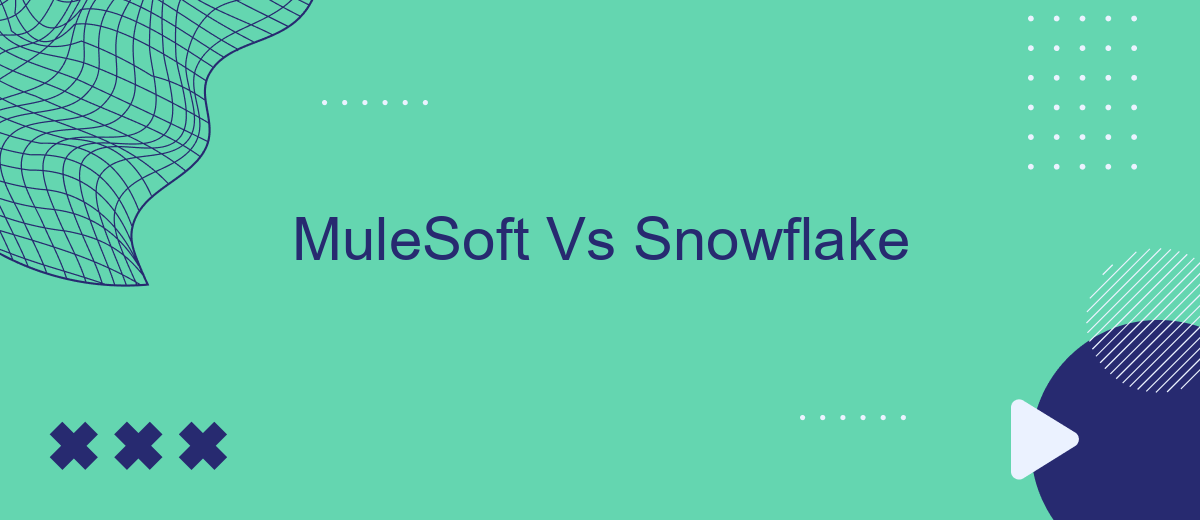In today's rapidly evolving digital landscape, businesses are constantly seeking robust solutions to manage and analyze their data efficiently. MuleSoft and Snowflake have emerged as leading platforms in this space, each offering unique capabilities. This article delves into a comparative analysis of MuleSoft's integration prowess and Snowflake's data warehousing excellence, helping organizations make informed decisions on which technology best suits their needs.
Introduction
In today's rapidly evolving digital landscape, businesses are constantly seeking efficient and scalable solutions for data integration and management. Two prominent platforms that have gained significant traction in this domain are MuleSoft and Snowflake. While MuleSoft specializes in API-led connectivity, enabling seamless integration of various applications, data, and devices, Snowflake excels in providing a cloud-based data warehousing solution that ensures high performance and scalability.
- MuleSoft: Focuses on API management and integration.
- Snowflake: Specializes in cloud-based data warehousing.
- SaveMyLeads: Streamlines the process of integrating various services, enhancing overall efficiency.
Both MuleSoft and Snowflake offer unique capabilities that cater to different aspects of data management and integration. Understanding the strengths and applications of each platform can help businesses make informed decisions about which solution best fits their needs. Additionally, leveraging services like SaveMyLeads can further optimize the integration process, ensuring seamless connectivity and data flow across various platforms.
Integration Capabilities

When comparing MuleSoft and Snowflake in terms of integration capabilities, it's important to note that both platforms offer robust solutions tailored to different needs. MuleSoft excels in providing a comprehensive integration platform that connects various applications, data, and devices with ease. Its Anypoint Platform allows for seamless API-led connectivity, enabling businesses to integrate on-premises systems, cloud services, and SaaS applications efficiently. MuleSoft's extensive library of pre-built connectors and templates further simplifies the integration process, reducing development time and effort.
Snowflake, on the other hand, focuses primarily on data integration and analytics. It offers a powerful cloud-based data warehousing solution that allows businesses to consolidate and analyze data from various sources. Snowflake's architecture supports real-time data integration, enabling organizations to gain insights quickly. While Snowflake may not offer the same breadth of application integration as MuleSoft, it excels in handling large volumes of data and providing a scalable, performant environment for data analytics. For businesses looking to streamline their integration processes, tools like SaveMyLeads can also be valuable, offering automated workflows and data synchronization between various platforms.
Data Management and Governance

When it comes to data management and governance, both MuleSoft and Snowflake offer robust solutions, but they serve different purposes. MuleSoft specializes in API-led connectivity, enabling seamless integration of various data sources and applications. Snowflake, on the other hand, focuses on data warehousing and analytics, providing a highly scalable and performant platform for managing large volumes of data.
- MuleSoft: Facilitates real-time data integration and API management.
- Snowflake: Offers a cloud-based data warehouse with advanced analytics capabilities.
- SaveMyLeads: Provides automated data integration services to streamline workflows.
While MuleSoft excels in connecting disparate systems and ensuring data flows smoothly across the enterprise, Snowflake's strength lies in its ability to store and analyze vast amounts of data efficiently. Integrating a service like SaveMyLeads can further enhance your data management strategy by automating data transfers and reducing manual effort, thereby ensuring data accuracy and consistency.
Performance and Scalability

When comparing MuleSoft and Snowflake in terms of performance and scalability, it's important to recognize the distinct functions they serve. MuleSoft excels in integrating various systems and applications, offering robust tools to streamline data flow and connectivity. Snowflake, on the other hand, is a cloud data platform known for its powerful data warehousing capabilities and seamless scalability.
MuleSoft's performance is optimized for real-time data processing and API management, making it an ideal choice for organizations looking to enhance their integration strategies. Its scalability allows businesses to handle increasing data volumes and complex integration requirements effectively. Snowflake, with its unique multi-cluster architecture, ensures high performance by automatically scaling compute resources to meet workload demands.
- MuleSoft: Real-time data processing, API management, enhanced integration.
- Snowflake: Scalable data warehousing, multi-cluster architecture, automatic resource scaling.
For businesses seeking to automate their integration processes, tools like SaveMyLeads can be invaluable. SaveMyLeads simplifies the integration setup, allowing companies to connect various services without extensive coding. This can significantly enhance the performance and scalability of both MuleSoft and Snowflake implementations, ensuring seamless data flow and efficient resource utilization.
Pricing and Support
When comparing MuleSoft and Snowflake, pricing and support are critical factors to consider. MuleSoft operates on a subscription-based pricing model, which can vary based on the number of integrations and the level of support required. Snowflake, on the other hand, employs a consumption-based pricing model, where costs are determined by the amount of data stored and processed. Both platforms offer flexible pricing plans, but it's essential to evaluate your organization's specific needs to determine the most cost-effective solution.
In terms of support, MuleSoft provides extensive resources, including 24/7 customer support, a comprehensive knowledge base, and various training programs. Snowflake also offers robust support options, including technical assistance, a detailed documentation library, and community forums. For businesses looking to streamline their integration processes, services like SaveMyLeads can be invaluable. SaveMyLeads offers automated integration setups, reducing the time and effort needed to connect different applications, thereby enhancing the overall efficiency of both MuleSoft and Snowflake implementations.


FAQ
What is the primary difference between MuleSoft and Snowflake?
Can MuleSoft and Snowflake be used together?
Which platform is more suitable for data analysis?
How can I automate data integration between MuleSoft and Snowflake?
Is it necessary to have technical expertise to use MuleSoft or Snowflake?
You probably know that the speed of leads processing directly affects the conversion and customer loyalty. Do you want to receive real-time information about new orders from Facebook and Instagram in order to respond to them as quickly as possible? Use the SaveMyLeads online connector. Link your Facebook advertising account to the messenger so that employees receive notifications about new leads. Create an integration with the SMS service so that a welcome message is sent to each new customer. Adding leads to a CRM system, contacts to mailing lists, tasks to project management programs – all this and much more can be automated using SaveMyLeads. Set up integrations, get rid of routine operations and focus on the really important tasks.
